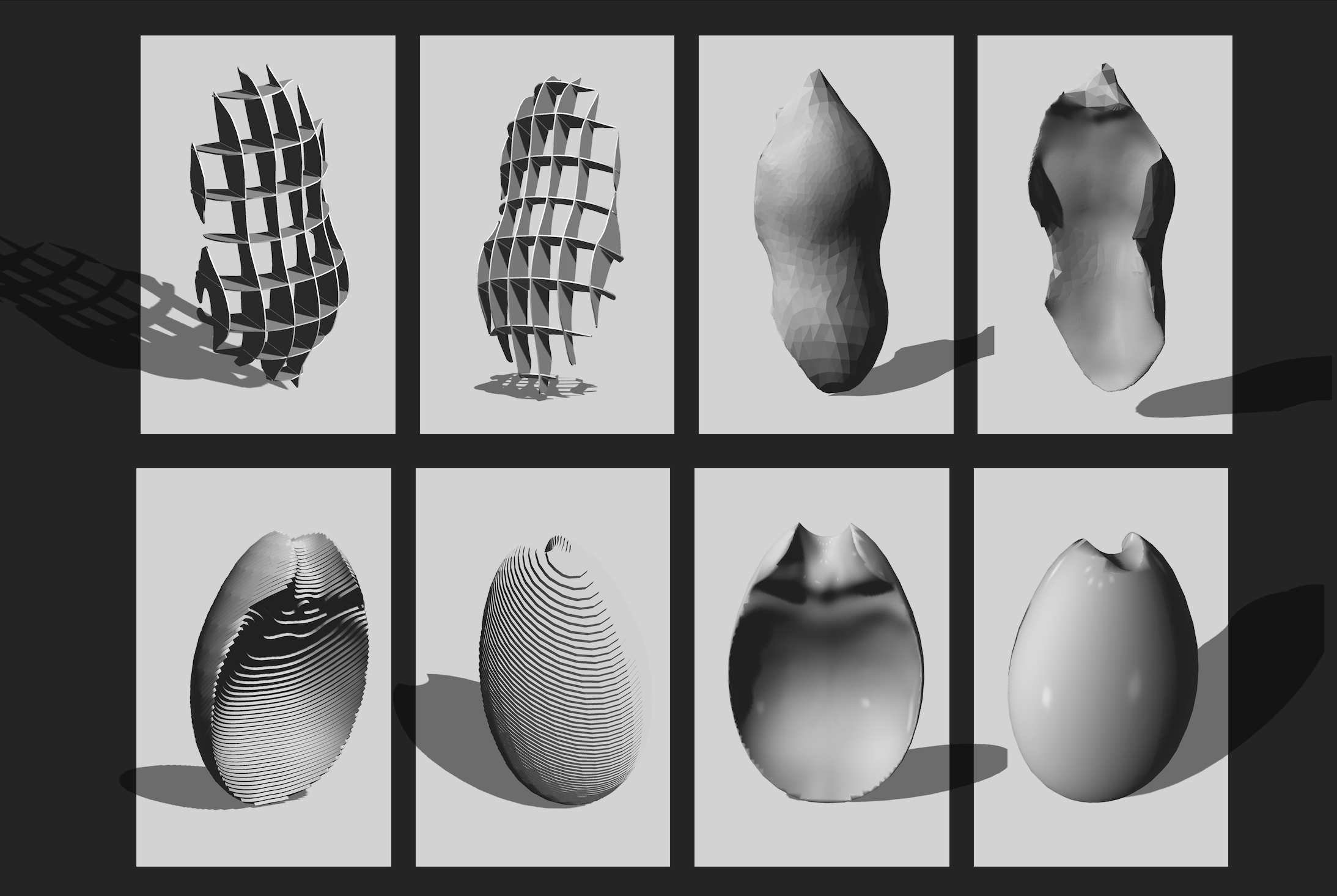Need Playtesters for Bone Conductive Instrument
A Little About the Project: The purpose of my thesis is to design a sonic learning experience that is both intuitive and accessible to anything with a skeleton. An organic shape outfitted with the functionality of a familiar electronic instrument, the BCI (working title) is an interactive and multi-sensory device, amplified and supported by bone conduction. The instrument allows for an inclusive, versatile, and feasible way for HoH people to interact with a new and innovative instrument with its own embedded sensors and transduction/amplification system. The instrument sits at the intersection of audio- and technophiles, musicians, educators, and the HoH community, providing:
Aid to musicians and sound designers for composing,
Comfort to those averse to practicing or performing an instrument in the company of others, and
Ease for those unable to amplify their instruments due to the circumstances of COVID-19.
How it Works: The BCI uses psychoacoustic phenomena to accentuate the impact of sonic vibration and evoke a physiological response. Since unique parts of the skull and body have different resonant frequencies, the BCI vibrates different amplitudes of a user’s body, depending on the frequency and phase of the indicated signal. A bone conduction transducer will allow one user only to hear the sounds they generate through their skull—resulting in a profoundly individualistic and personal musical experience. As a result, the output of the instrument is translated into sound information as these individual resonances are felt and internalized throughout the body. Afforded by the instrument’s bone conduction hardware, those afflicted with sensorineural and mixed hearing loss may hear, play, and learn a new and never-before-seen instrument.
How You Can Help: I am privileged to have access to resources in advancing the technological components and protocols necessary to further my thesis, but I still need assistance with accessibility, inclusive design, and outreach. I would love to understand and incorporate individual experiences and preferences from the HoH community when it comes to music learning, composition, and performance. Discussing the advantages and flaws of current instruments will help me construct an instrument useful to users across demographics and abilities.
Where?
Brooklyn, NY, USA
When?
Mar 30

 Back
Back
